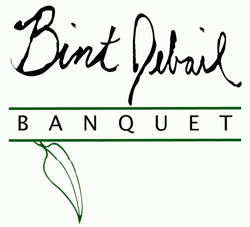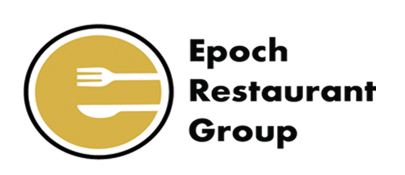|
SIDON
Thanks again to the personal recommendation of our guide and companion through Beirut, Salem Beydoun, a side trip to the city of Sidon proved an unexpected treat. Far from the congested carbon monoxide of Beirut traffic the coastal road that led to this ancient Phoenician city was clean and quick-moving, except for construction delays based on the rebuilding of many bridges destroyed in Israeli bombing raids in 2006. One hundred sixty-eight, according to Salem, is the number of bridges destroyed—still bitter, he can rattle the figure off without pausing.
The coastal highway is dotted with banana groves and greenhouses; the closer you get to Sidon, the more date palms you see. The port town, whose name means ‘fishery’, is also known for its produce. The first landmark we encountered was the Sidon Sea Castle, a fortress built by the Crusaders in the early 13th century, and a striking introduction to a city whose history extends back beyond Biblical times. Also built by the Crusaders is the Castle of St. Louis; today it stands on top of the remains of a fortress built by the Fatimid caliph Al Muizz, to the south of Old Souks near Murex hill. We made a brief stop at Hisbeh wholesale market, which was enjoying the tail end of the southern Lebanon growing season, heavy on the melons and dates, a bit shy on the rest. Because of the proximity of the Ain al Hilwe refugee camp directly opposite the market, we were advised to keep the cameras pointing at produce, not Palestinians—this is the camp where in June, a fierce firefight began when angry militiamen sought revenge for the reported killing of one their leaders at the Nahr al Bared camp in the north. We lacked permits for filming, and a routine check by security officials led to some tense moments as we underwent passport checks and a thorough search of the vehicle. We were, of course, clean, and the tenor of the military group changed instantly; they became both accommodating and friendly once we’d demonstrated no risk.
That evening we experienced the Safir’s example of the Ramadan fast-break spread; a complete Middle Eastern buffet, stupendous, even wreathed in smoke from dozens of nargilah—nargilah, known to many Westerners as a hookah (and colloquially, to Arabs, as a hubbly-bubbly) is the water pipe, through which is smoked a combination of tobacco and fruit pulp. It’s both a social activity and an institution of contentment wherein friends and family alike formulate philosophical opinions pensively contemplate, and occasionally resolve, the problems in the world..
|






